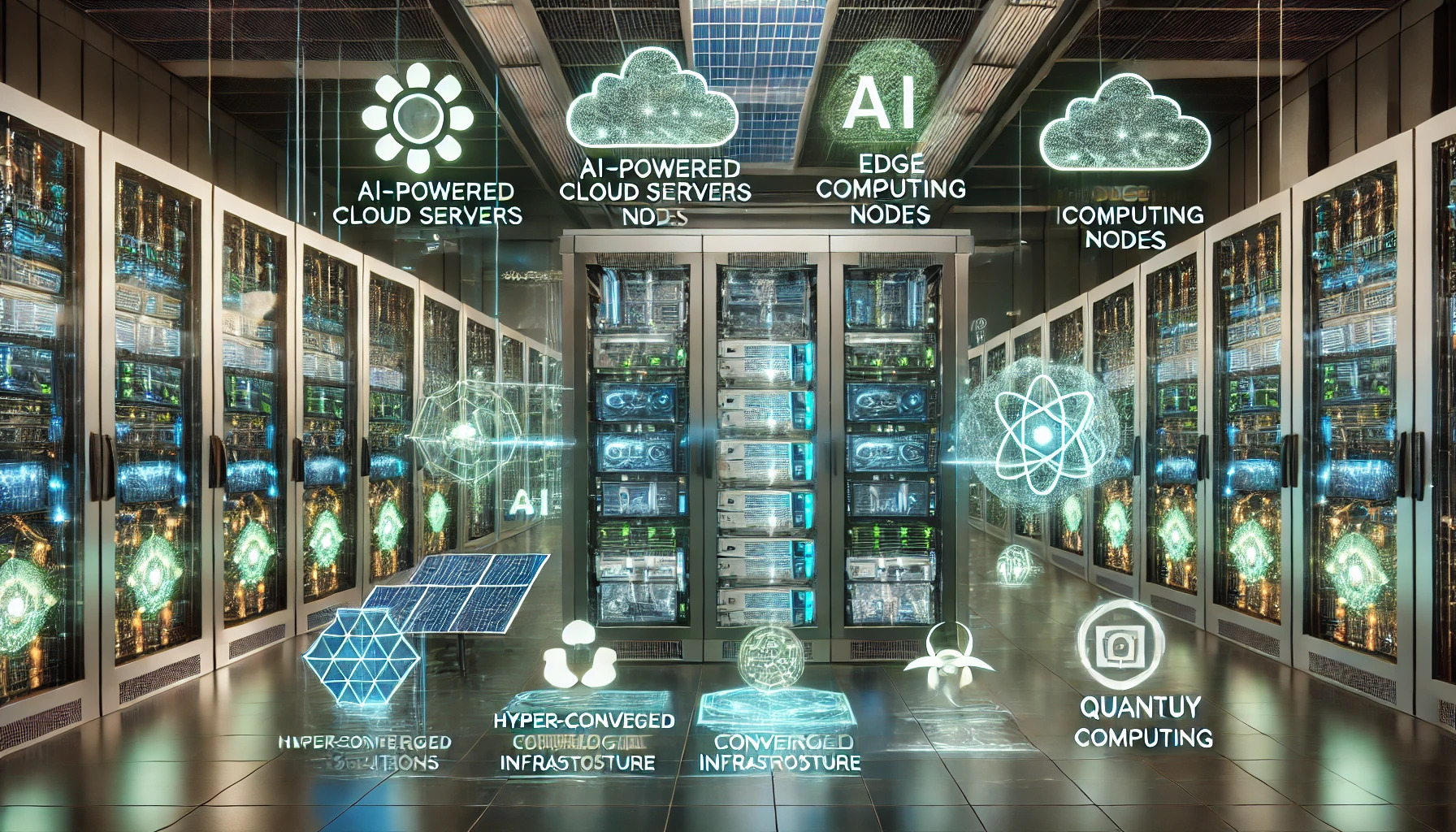As we progress through 2025, the IT infrastructure landscape is undergoing significant transformations. Staying abreast of these developments is crucial for businesses aiming to maintain a competitive edge. we explore the most impactful trends shaping the industry this year.
1. Expansion of AI and Machine Learning in the Cloud
The integration of artificial intelligence (AI) and machine learning (ML) into cloud services is accelerating. Businesses are increasingly adopting cloud-based AI and ML solutions to enhance operations, drive innovation, and gain insights from vast datasets. This trend is expected to continue its upward trajectory throughout 2025.
2. Growth of Edge Computing
With the proliferation of Internet of Things (IoT) devices and the need for real-time data processing, edge computing is gaining prominence. By processing data closer to its source, edge computing reduces latency and bandwidth usage, leading to more efficient and responsive systems. It’s anticipated that over 40% of large enterprises will incorporate edge computing into their IT infrastructure by the end of 2025.
3. Emphasis on Sustainability and Green IT
Environmental sustainability is becoming a priority in IT infrastructure development. Organizations are focusing on reducing their carbon footprint by optimizing energy consumption in data centers, utilizing renewable energy sources, and investing in energy-efficient hardware. This commitment not only benefits the environment but also enhances corporate reputation and can lead to cost savings.
4. Enhanced Cybersecurity Measures
As cyber threats become more sophisticated, robust cybersecurity has become indispensable. IT departments are implementing advanced security protocols, including AI-driven threat detection, zero-trust architectures, and comprehensive data encryption, to safeguard sensitive information and maintain system integrity.
5. Adoption of Hyper-Converged Infrastructure (HCI)
Hyper-converged infrastructure is gaining traction as organizations seek to simplify their IT environments. HCI integrates compute, storage, and networking into a single system, reducing complexity and improving scalability. This approach allows for more efficient resource utilization and easier management.
6. Focus on Data Privacy and Compliance
With the introduction of stricter data privacy regulations worldwide, organizations must ensure their IT infrastructures comply with various legal requirements. This includes implementing better data governance practices and enhanced privacy measures to protect user information and avoid legal repercussions.
7. Exploration of Quantum Computing
While still in its early stages, quantum computing is on the radar for forward-thinking organizations. Its potential to solve complex problems at unprecedented speeds could revolutionize industries such as finance and pharmaceuticals. Businesses are beginning to explore quantum computing to stay ahead of the curve.
#Cybersecurity #Sustainability #Greenit #Computing #Machinelearning
